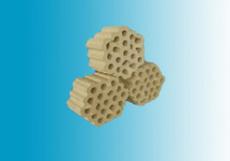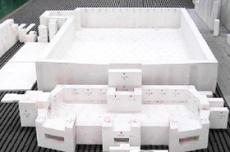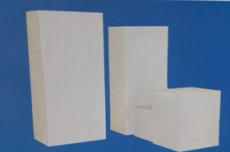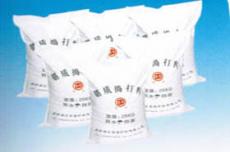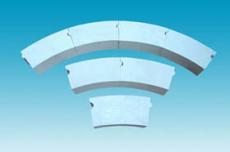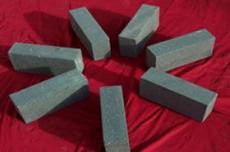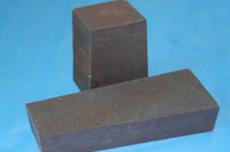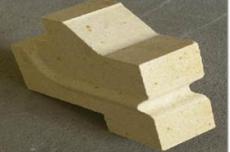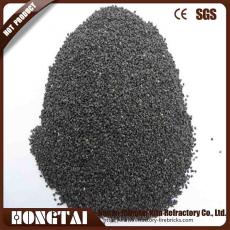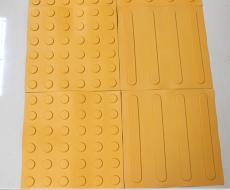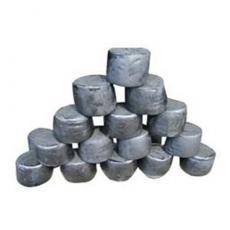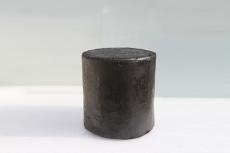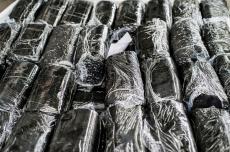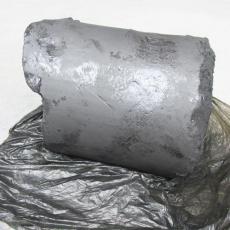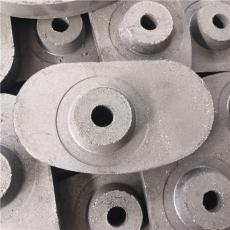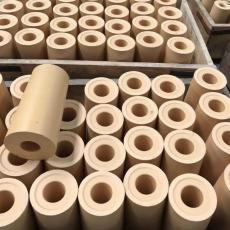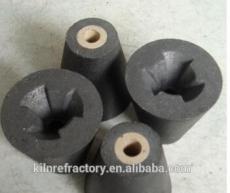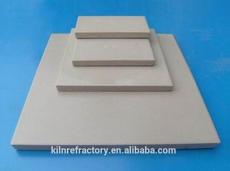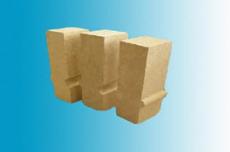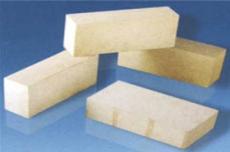
Encyclopedia of Refractories – Aluminum Composite Bricks
Both aluminum composite bricks and phosphate composite bricks belong to this group. The lightweight components of the composite material protect the furnace surface. However, the two bricks differ in operating temperature and wear resistance.
1. Raw materials and production processes: Aluminum composite bricks and phosphate composite bricks are formed by molding under high pressure in the material separation zone during molding. However, the sintering process is different. Aluminum composite bricks are sintered at high temperatures, while phosphate composite bricks are sintered at low temperatures.
The raw materials of the composite bricks are different. Aluminum composite bricks are composed of bauxite and lightweight components, while phosphate composite bricks are produced using carbon black and phosphoric acid solution as binders. The lightweight components are simply added to the material separation zone during molding to optimize the bonding properties.
2. Performance characteristics: Aluminum composite bricks are characterized by high heat resistance, mechanical strength and softening point. In particular, special aluminum composite bricks with an aluminum content of more than 80% are characterized by high softening points and a long service life. Phosphate composite bricks are characterized by excellent wear resistance, rapid cooling and heating, and chemical corrosion resistance. However, they have the disadvantage of a relatively low softening point and a high wear resistance coefficient. Phosphate composite bricks have high strength due to high bulk density and low porosity.
3. Application: Aluminum composite bricks are mainly used in the transition zone of zinc smelting furnaces and lime rotary kilns, and the lining of spodumene rotary kilns, while phosphate composite bricks are used in the transition zone, cooling zone, grate cooler and top cover of cement rotary kilns. Due to their excellent wear resistance, they are used in the cooling zone, exothermic reaction zone and final decomposition zone of rotary kilns. Lightweight interlocked phosphate blocks can reduce the lining temperature of rotary kiln and achieve particularly good results in high-temperature zones such as calcination, zinc smelting and spodumene rotary kilns.
To summarize, high-alumina blocks and interlocked phosphate blocks differ significantly in raw materials, production processes, performance characteristics and application fields. When selecting and using furnace linings, it is necessary to consider operating temperature, wear resistance and degree of erosion.
